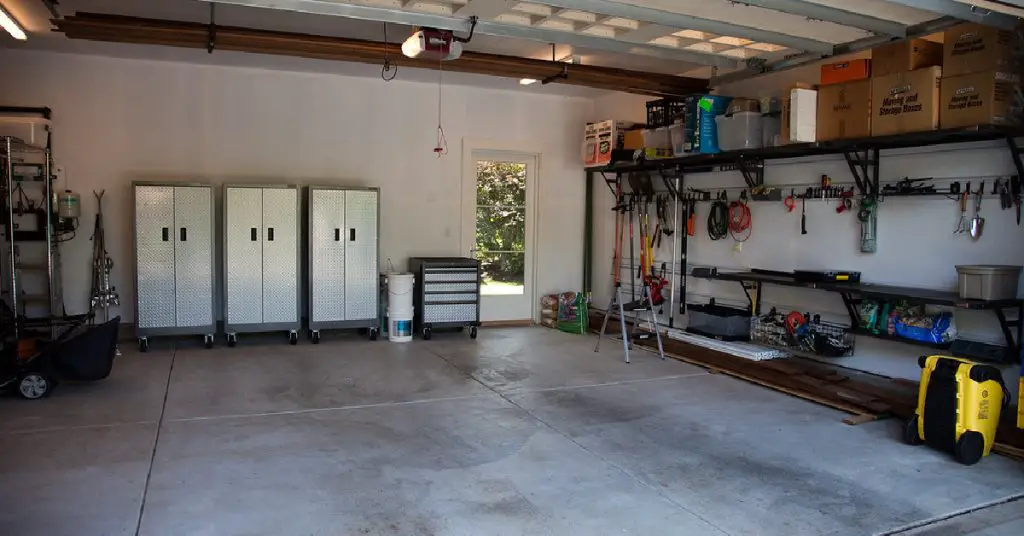Polyaspartic garage floor coating is a popular choice for homeowners due to its durability and attractive finish. However, to keep your polyaspartic floor looking great, regular cleaning and maintenance are essential. In this guide, we’ll provide you with valuable tips and emphasize the importance of caring for your polyaspartic garage floor. Let’s explore the key aspects of cleaning and maintaining your polyaspartic floor coating to ensure it stays in excellent condition.
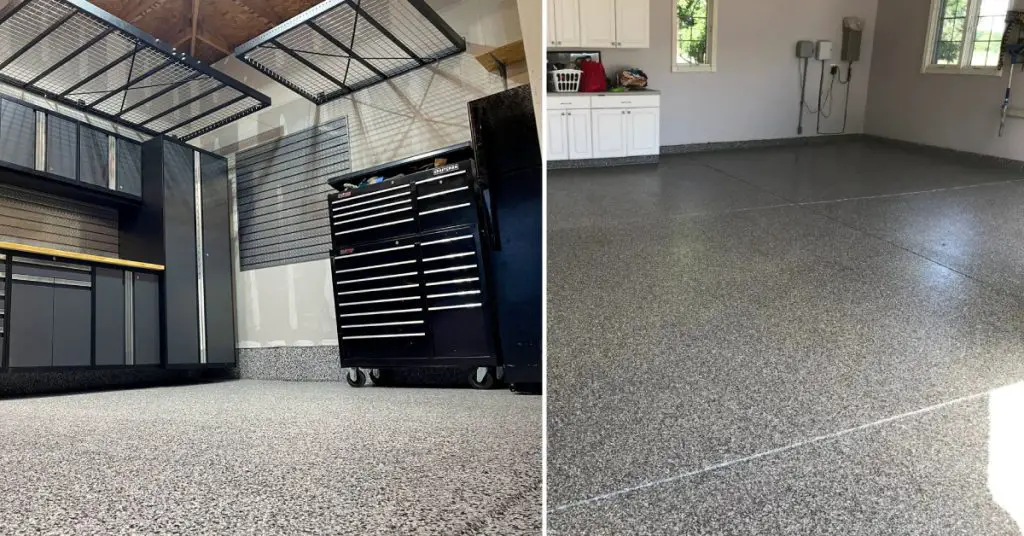
5 Easy Step-by-Step Guide for How to Clean Polyaspartic Garage Floor
If you have a polyaspartic garage floor coating, proper cleaning is essential to maintain its appearance and durability. To help you keep your polyaspartic floor clean and in top condition, we’ve prepared a step-by-step guide with easy-to-follow instructions. Let’s dive in:
Step 1: Sweep Away Dust and Debris
The first step in cleaning your polyaspartic garage floor is to sweep away any dust and debris. Grab a soft-bristled broom or a microfiber dust mop and start sweeping the entire floor. Make sure to cover all areas, including corners and hard-to-reach spots. By removing dust and lose debris, you prevent them from scratching or causing wear on the polyaspartic coating.
Step 2: Spot Clean Any Spills or Messes
Addressing spills or messes promptly is crucial to prevent stains and potential damage. Grab a clean cloth or paper towel if you notice any spills or vehicle drippings on your polyaspartic floor. Gently blot the affected area to absorb the spill, avoiding vigorous rubbing that could spread it or cause damage to the coating. By spot-cleaning spills as soon as they happen, you maintain the cleanliness and integrity of your floor.
Step 3: Regular Mopping with pH-Neutral Cleaner
To thoroughly clean your polyaspartic garage floor, regular mopping is necessary. Prepare a bucket of warm water and add a pH-neutral cleaner specifically designed for polyaspartic floors. Follow the manufacturer’s instructions for the recommended dilution ratio. Dip a mop into the cleaning solution, wring out excess water, and start mopping the floor in small sections. Ensure you cover the entire surface, changing the cleaning solution if it becomes dirty. Regular mopping helps remove dirt and grime, keeping your polyaspartic floor looking its best.
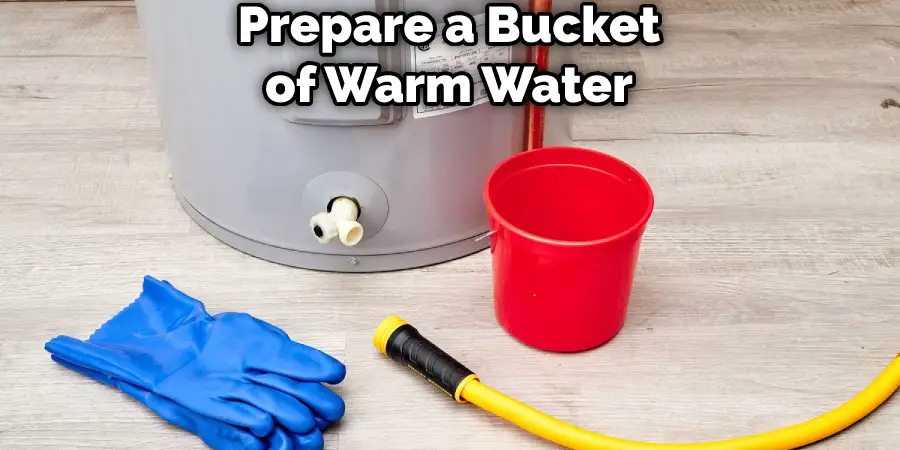
Step 4: Avoid Surface Waxes and Imbalanced pH Cleaners
When cleaning your polyaspartic garage floor, it’s important to avoid using surface waxes. While waxes may be tempting for a glossy finish, they can compromise the slip-resistant properties of the coating. Additionally, steer clear of cleaners with imbalanced pH levels, as they can gradually wear away the floor coating. Stick to pH-neutral cleaners specifically formulated for polyaspartic floors to ensure effective and safe cleaning.
Step 5: Avoid Mixing Cleaners
Mixing different cleaning agents is a practice to avoid when cleaning your polyaspartic floor. Combining cleaners can lead to chemical reactions that may damage the floor coating or produce harmful fumes. It’s best to use one type of cleaner at a time and follow the manufacturer’s instructions for optimal results. By avoiding the mixing of cleaners, you maintain the integrity and longevity of your polyaspartic garage floor.
By following these step-by-step guidelines, you can effectively clean your polyaspartic garage floor and ensure its durability and attractive appearance for years to come. Remember to sweep away dust and debris, spot clean spills, regularly mop with a pH-neutral cleaner, avoid surface waxes and imbalanced pH cleaners, and never mix different cleaning agents. With proper care, your polyaspartic floor will continue to impress with its cleanliness and shine.
7 Maintaining Tips for the Longevity of Polyaspartic Garage Floors
Polyaspartic garage floors are known for their durability and attractive finish. To ensure that your polyaspartic floor continues to look great and lasts for years, proper maintenance is crucial. By following these maintenance tips, you can preserve the longevity of your polyaspartic garage floor:
1. Regular Cleaning
Regular cleaning is essential to keep your polyaspartic floor in pristine condition. Sweep away dust and debris using a soft-bristled broom or a microfiber dust mop. This prevents scratches and wears on the floor coating. Spot clean any spills or messes promptly to prevent stains and potential damage.
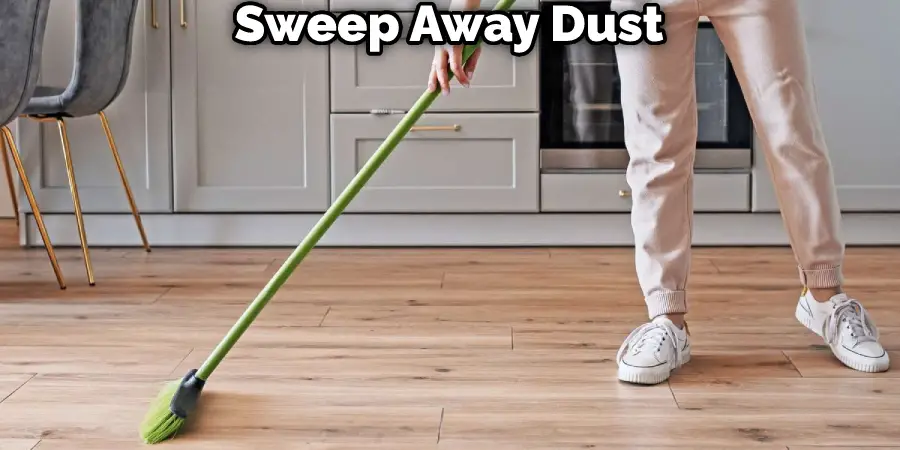
2. Avoid Harsh Chemicals
When cleaning your polyaspartic garage floor, it’s important to avoid using harsh chemicals. Opt for pH-neutral cleaners specifically designed for polyaspartic floors. Harsh chemicals can degrade the floor coating over time, compromising its durability and appearance.
3. Protect from Heavy Objects
Take precautions to protect your polyaspartic floor from heavy objects. Use furniture pads or protective mats under heavy equipment or vehicles to prevent indentation or damage to the coating. Avoid dragging or dropping heavy items directly on the floor surface.
4. Regular Inspections
Periodically inspect your polyaspartic floor for any signs of wear, scratches, or damage. Address any issues promptly to prevent further damage. If you notice any areas that require touch-ups or repairs, consult a professional to ensure proper restoration.
5. Avoid Exposure to Extreme Temperatures
Polyaspartic floors can be affected by extreme temperature fluctuations. Avoid exposing the floor to extreme heat or cold for prolonged periods. This includes placing hot objects directly on the floor surface or subjecting it to freezing conditions.
6. Avoid Abrasive Cleaning Tools
When cleaning your polyaspartic floor, avoid using abrasive cleaning tools, such as steel wool or rough scrub brushes. These can cause scratches and damage to the floor coating. Stick to soft cloths or non-abrasive mops for gentle yet effective cleaning.
7. Regular Maintenance
Consider scheduling regular maintenance and resealing of your polyaspartic garage floor. This helps to rejuvenate the appearance and enhance the floor’s durability. Consult with a professional flooring contractor for guidance on the appropriate maintenance schedule.
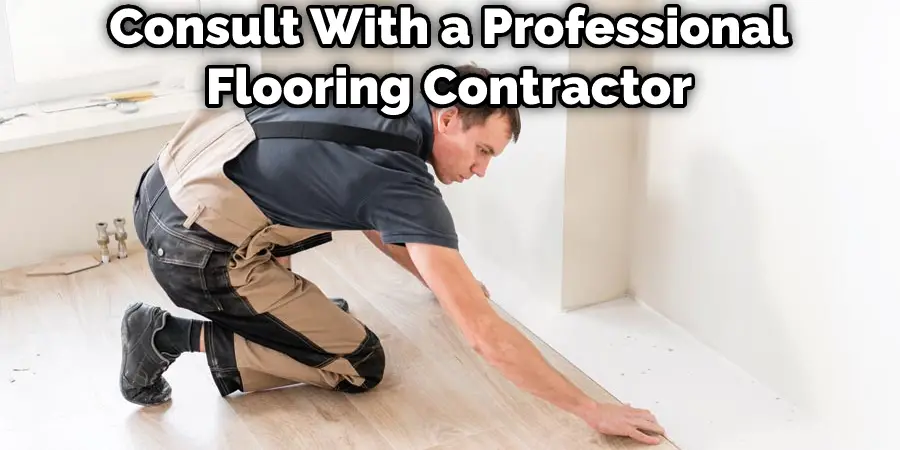
By following these maintenance tips, you can extend the lifespan of your polyaspartic garage floor and keep it looking its best. Regular cleaning, avoiding harsh chemicals, protecting from heavy objects, conducting inspections, avoiding extreme temperatures, using gentle cleaning tools, and scheduling regular maintenance all contribute to maintaining the longevity of your polyaspartic floor coating. With proper care, your polyaspartic garage floor will continue to provide a durable and attractive surface for your space.
9 Tips and Tricks for Cleaning and Sanitizing Polyaspartic Floors
Cleaning and sanitizing your polyaspartic floors not only helps maintain their appearance but also promotes a hygienic environment. Here are some useful tips and tricks to effectively clean and sanitize your polyaspartic floors:
1. Sweep Regularly
Regular sweeping is essential to remove dust and dirt particles that can be abrasive on polyaspartic floors. Use a soft-bristled broom or a microfiber dust mop to sweep the floors regularly. This simple step helps reduce wear and tear on the floor surface.
2. Wipe Up Spills Promptly
Accidental spills can happen, but it’s crucial to address them promptly. Whether it’s liquids, oils, or other substances, wiping up spills as soon as they occur helps prevent staining and potential damage to the polyaspartic coating. Use a clean cloth or paper towel to blot the spill, avoiding rubbing or spreading it.
3. Use pH-Neutral Cleaners
When mopping your polyaspartic floors, choose pH-neutral cleaners specifically formulated for this type of coating. pH-neutral cleaners effectively remove dirt and grime without causing damage to the floor surface. Follow the manufacturer’s instructions for dilution ratios and cleaning procedures.

4. Gentle Cleaning Techniques
Opt for gentle cleaning techniques to avoid scratching or damaging the polyaspartic coating. Avoid using abrasive scrub brushes or scouring pads. Instead, use soft cloths or non-abrasive mops to clean the floor surface. Apply gentle pressure and avoid harsh scrubbing motions.
5. Avoid Harsh Chemicals
Harsh chemicals can degrade the polyaspartic coating and affect its longevity. Avoid using bleach, ammonia, or other strong chemical cleaners on your polyaspartic floors. Stick to mild, pH-neutral cleaners to ensure safe and effective cleaning.
6. Sanitizing
To sanitize your polyaspartic floors, consider using a mild disinfectant specifically formulated for use on flooring surfaces. Follow the manufacturer’s instructions for dilution and application. Be sure to rinse the floor thoroughly after sanitizing to remove any residue.
7. Protect Heavy Traffic Areas
Areas with heavy foot traffic or where vehicles are parked may require extra protection. Consider using mats or rugs in these areas to minimize wear and tear on the polyaspartic coating. Place mats at entryways to capture dirt and prevent it from being tracked onto the floor.
8. Avoid Excessive Water
While polyaspartic floors are water-resistant, excessive water can seep into seams or joints and potentially cause damage. When mopping, wring out the mop thoroughly to avoid saturating the floor. Additionally, promptly dry any excess water or spills to prevent moisture-related issues.
9. Regular Maintenance
Regular maintenance is key to preserving the cleanliness and longevity of your polyaspartic floors. Follow a consistent cleaning schedule and perform routine inspections to identify any areas that may require touch-ups or repairs. Consult a professional flooring contractor for periodic maintenance and resealing, if needed.
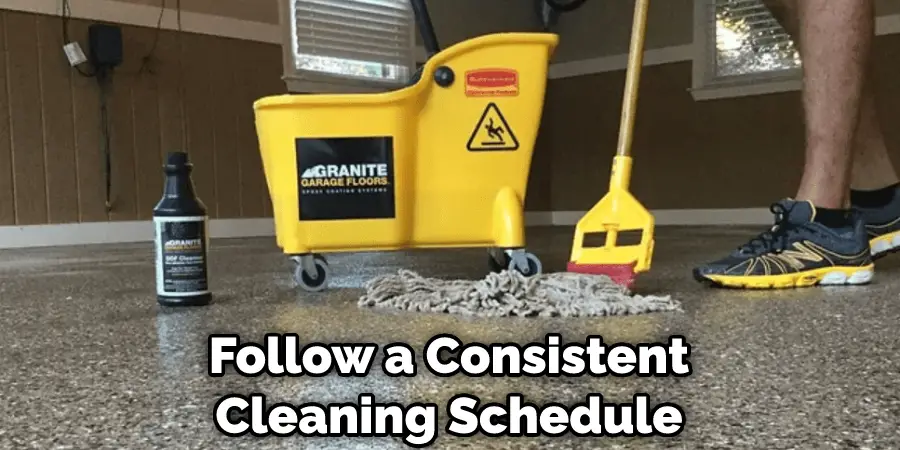
By following these tips and tricks, you can effectively clean and sanitize your polyaspartic floors, ensuring their cleanliness, longevity, and attractive appearance. Remember to sweep regularly, address spills promptly, use pH-neutral cleaners, employ gentle cleaning techniques, avoid harsh chemicals, consider sanitizing when necessary, protect heavy traffic areas, be mindful of excessive water, and prioritize regular maintenance. With proper care, your polyaspartic floors will continue to shine and provide a clean and hygienic surface for your space.
6 Comparing Polyaspartic Garage Floors to Epoxy Floors
Polyaspartic and epoxy coatings are two popular choices for garage floors, each offering unique benefits and characteristics. Let’s compare polyaspartic garage floors to epoxy floors to help you make an informed decision:
1. Installation Time
Polyaspartic Floors: Polyaspartic coatings have a faster cure time compared to epoxy coatings. They can be applied and cured within a day, allowing for quicker installation and minimal disruption to your daily routine.
Epoxy Floors: Epoxy coatings typically require a longer curing period, often spanning several days. The installation process may involve multiple coats and longer drying times between each coat.
2. Durability and Resistance
Polyaspartic Floors: Polyaspartic coatings are highly durable and resistant to various types of damage, including abrasions, chemicals, and UV exposure. They offer excellent protection against stains, spills, and tire marks. Polyaspartic floors are known for their long-lasting performance and ability to withstand heavy traffic.
Epoxy Floors: Epoxy coatings also provide durability and resistance to chemicals and stains. However, they may be more prone to yellowing and chipping over time, particularly under exposure to UV light.
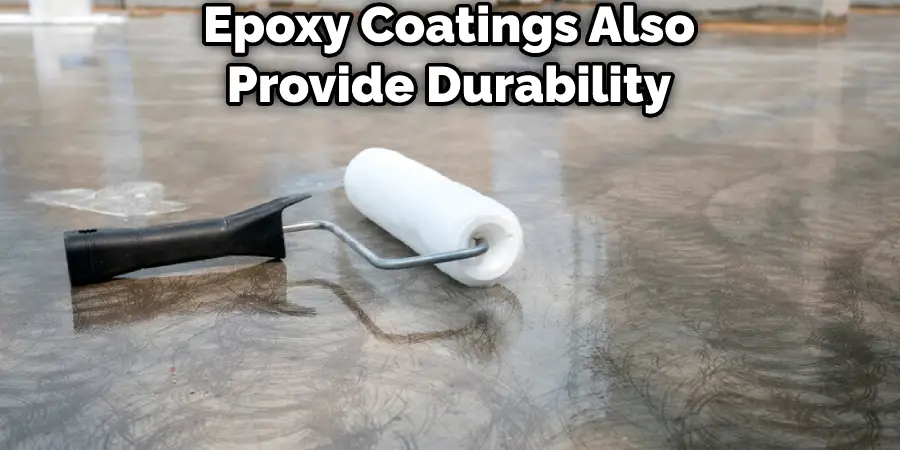
3. Maintenance and Cleanliness
Polyaspartic Floors: Polyaspartic garage floors are relatively easy to maintain. They can be cleaned with mild pH-neutral cleaners, requiring minimal effort to keep them looking clean and attractive. The smooth surface of polyaspartic coatings makes them resistant to dirt and dust buildup, facilitating easier cleaning.
Epoxy Floors: Epoxy floors require regular cleaning to maintain their appearance and longevity. They are generally more susceptible to scratching and scuffing, requiring more attention to prevent damage. Epoxy floors may also require occasional resealing to maintain their shine.
4. Slip Resistance
Polyaspartic Floors: Polyaspartic coatings can be customized to provide varying levels of slip resistance. Anti-slip additives can be incorporated into the coating, making them safer, especially in areas prone to wet or slippery conditions.
Epoxy Floors: Epoxy coatings are not inherently slip-resistant. However, anti-slip additives can be applied to enhance traction and reduce the risk of accidents.
5. Aesthetic Options
Polyaspartic Floors: Polyaspartic coatings offer a high-gloss finish that enhances the aesthetic appeal of the garage floor. They are available in a wide range of colors and finishes, allowing for customization and creating a visually pleasing space.
Epoxy Floors: Epoxy coatings also offer a glossy finish, and they come in various colors and patterns. They provide options for decorative elements such as flakes or metallic pigments to create unique designs.
6. Temperature and Chemical Resistance
Polyaspartic Floors: Polyaspartic coatings exhibit excellent temperature and chemical resistance. They can withstand extreme temperature fluctuations without compromising their integrity. They are also highly resistant to chemicals, including gasoline, oil, and household cleaners.
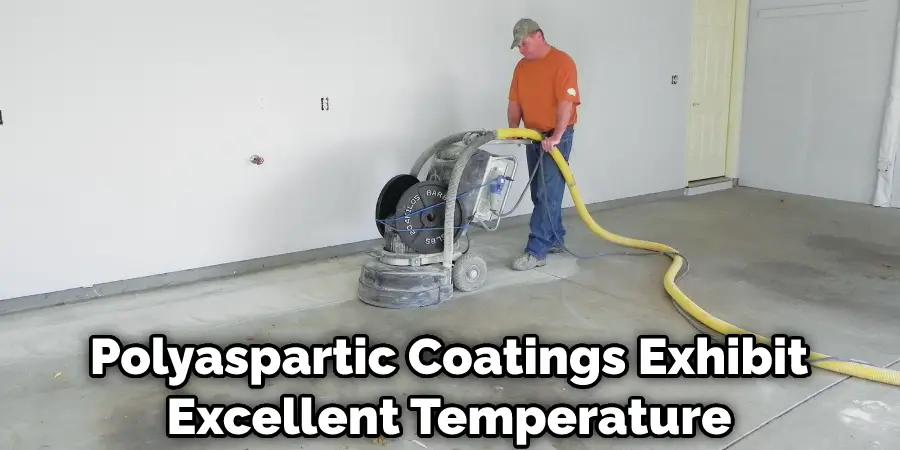
Epoxy Floors: Epoxy coatings also offer good temperature and chemical resistance, but they may not perform as well as polyaspartic coatings in extreme temperature conditions.
Both polyaspartic and epoxy coatings have their advantages, and the choice ultimately depends on your specific requirements and preferences. Polyaspartic floors offer faster installation, high durability, ease of maintenance, and customizable aesthetics. Epoxy floors have their own strengths in terms of versatility, cost-effectiveness, and decorative options. Considering factors such as your budget, intended use, and desired appearance will help you determine which option is best suited for your garage floor.
FAQs About How to Clean Polyaspartic Garage Floor
What Do You Clean Polyaspartic Floors With?
To clean polyaspartic floors, use mild pH-neutral cleaners specifically designed for these floors. Avoid surface waxes and promptly clean up spills to prevent damage. Follow the manufacturer’s recommendations and implement a regular cleaning routine that includes sweeping and mopping with a mild cleaner.
Can You Pressure Wash Polyaspartic?
Yes, you can pressure wash polyaspartic floors, but it’s important to follow specific guidelines to avoid damaging the coating. Use a pressure washer with a maximum pressure of 1,200 psi and avoid using a turbo/rotating tip. Instead, use a fan tip attachment for an even spray pattern. It is recommended to use neutral pH cleaners when pressure washing to ensure safe and effective cleaning. Always refer to the manufacturer’s recommendations for your specific polyaspartic floor coating to ensure proper care and maintenance.
What is the Best Cleaning Solution for Epoxy Garage Floor?
The best cleaning solution for an epoxy garage floor is a mixture of warm water and mild cleaner. Regular cleaning with a dust mop or broom, along with warm water, is sufficient for routine maintenance. For tougher stains or heavily soiled areas, thorough sweeping and vacuuming are recommended. Use light cleaners to treat spots, spills, and stains, but avoid harsh or abrasive cleaners that can harm the epoxy coating. Always follow the manufacturer’s instructions for cleaning and maintenance to keep your epoxy garage floor looking its best.
Conclusion
In conclusion, polyaspartic and epoxy garage floor coatings offer distinct advantages. Polyaspartic floors provide fast installation, exceptional durability, and easy maintenance. Epoxy floors offer versatility and cost-effectiveness, with various design options. The choice between the two depends on budget, desired appearance, and maintenance preferences. Consulting with a flooring professional can help you make an informed decision. Regardless of your choice, both coatings will enhance the durability and visual appeal of your garage floor with proper installation and upkeep.


